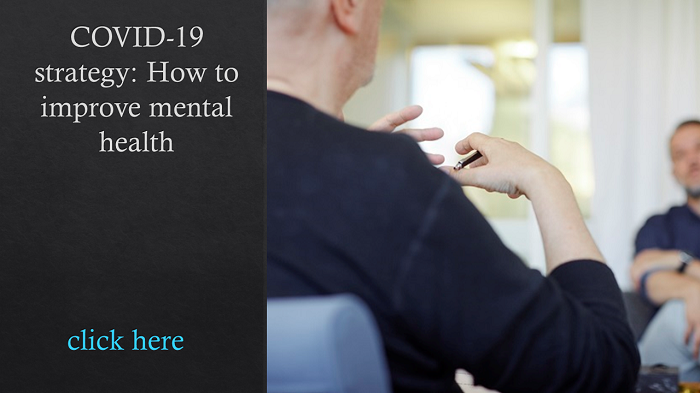While most companies sprang into action to address the COVID-19 pandemic in mid-March 2020, TIAA had a few weeks’ head start. As New York became the early epicenter of the pandemic in the U.S., the second patient diagnosed in the state, from New Rochelle—where one of the earliest outbreaks happened—was driven to the hospital by an associate of TIAA.
“We didn’t have a lot of test-and-learn time,” TIAA CHRO Sean Woodroffe said during a Thursday keynote at the Health & Benefits Leadership Conference. “We had to react pretty quickly.”
TIAA CHRO Sean Woodroffe
That meant transitioning all employees at the site where that associate worked to remote immediately. Two weeks later, 99% of the company’s 15,000 employees followed suit, within a 72-hour period. While the organization had to spring into action to help associates adjust to remote work, it also saw the value of quickly pivoting its benefits strategy to this new reality.
“For many HR practitioners, [COVID-19] has been an opportunity for us to demonstrate the virtue and value of HR as a practice,” Woodroffe said. TIAA is guided by six core principles, one of which is “valuing our people,” he added as to why the company has focused so intently on benefits this year. It can’t boast about that tenet, he said, if it’s not “delivering against it.”
To that end, the company has taken a multipronged approach to revamping benefits strategy in light of COVID. It enhanced backup care from 20 to 60 days, upping the daily reimbursement for care from $60 to $100, to assist working caregivers contending with shuttered child- and eldercare facilities. TIAA created additional PTO programs for childcare needs, as well as for those who needed to quarantine due to COVID. It expanded telehealth offerings to all associates and dependents and expanded access to 401(k) and hardship withdrawals.
Woodroffe said the company recognized the need for “holistic” care. In particular, it emphasized mental wellness. It expanded its mental health offerings to include suicide prevention efforts and monthly mental health “first aid” training.
 Through its EAP, associates have 24/7 access to mental health support, including six free sessions per issue per year. The organization hosted lunch and learn webinars with healthcare experts on topics like self-care, mindfulness and loneliness. It launched “mindful moments” throughout the day three times a week to encourage employees to disconnect and focus on their care, as well as conducted monthly healthy habits challenges to encourage workers to stay fit.
Through its EAP, associates have 24/7 access to mental health support, including six free sessions per issue per year. The organization hosted lunch and learn webinars with healthcare experts on topics like self-care, mindfulness and loneliness. It launched “mindful moments” throughout the day three times a week to encourage employees to disconnect and focus on their care, as well as conducted monthly healthy habits challenges to encourage workers to stay fit.
The organization also unrolled a robust COVID care program, including free at-home and on-site testing.
“The response has been exceptional,” Woodroffe said. “Given the asymptomatic nature of the virus, we recognized early on that, if we can provide associates with easy, quick access to testing, we would be able to mitigate the spread.”
The company is trying to be similarly proactive when it comes to vaccines. The organization chose to “educate rather than legislate” that employees get inoculated. Leadership brought in a viral immunologist from Yale University who personally was involved in the BioNTech/Pfizer clinical trial to share information on an all-hands call. When the CDC temporarily suspended use of the Johnson & Johnson vaccine, it enlisted an on-site doctor from Premise Health to help address queries and dispel fallacies.
See also: 7 ways TIAA expanded benefits to meet the COVID challenge
From the early days of the pandemic through today, communication has been at the heart of TIAA’s evolving benefits strategy, Woodroffe said.
While some HR pundits have cautioned against oversaturating employees with information over the past year, Woodroffe said the company doesn’t “believe it’s possible to overcommunicate” and said it has been “relentlessly” sharing information: “good news, not-so-good news, benign news.”
“Our view has just been to keep people as updated as regularly as possible,” he said. “In moments of crisis and anxiety, it’s natural for us to depend on clear communication and frequent communication.”
For instance, TIAA has aimed to be as transparent as possible about the potential return to the workplace. Early last spring, it got ahead of the anxiety that Woodroffe said many employees were feeling about returning by telling all associates the earliest they would consider bringing people back was January 2021. Then mid-summer, when it became clear that many schools would be starting the school year in the fall remotely, it pushed that date back to the summer of 2021. At the start of this year, it revised it again to January 2022; given the rapid uptake of vaccines, Woodroffe said, leadership is now considering offering employees the option to start back in person later this summer, though he envisions a hybrid workplace in the long-term.
The benefits rollout, and supporting communication strategy, have been well-received by employees. In a series of pulse surveys over the past year, Woodroffe said, the company saw “very high and favorable” associate engagement scores in the 80% range.
“That validates that the actions we have taken are actions that are appreciated by our associates,” he said.
Ultimately, investing in the wellbeing of each individual employee has helped the company find benefits success, a lesson Woodroffe said TIAA will certainly lean on in the coming years.
“Treating associates with respect, dignity, care and compassion is the best approach an employer can take,” he said. “It’s a welcoming approach in great times and it’s the only approach in challenging times.”
*
All conference sessions will be available on-demand through June 11 and registration remains open. Click here to view this entire session.